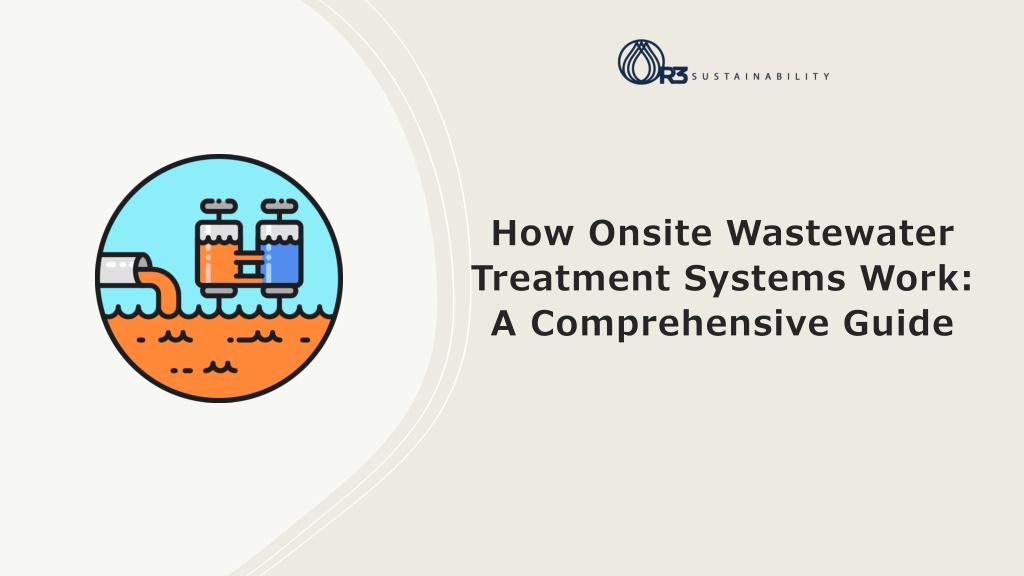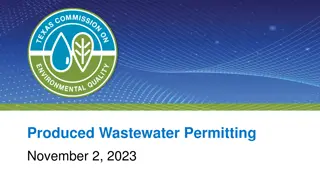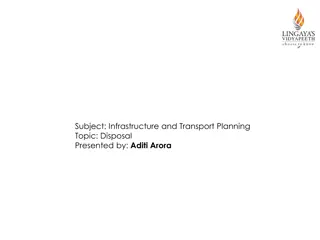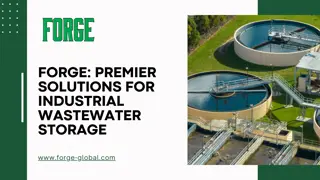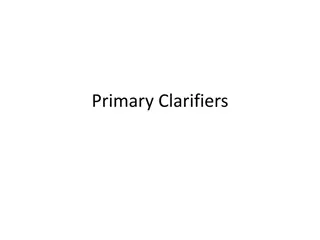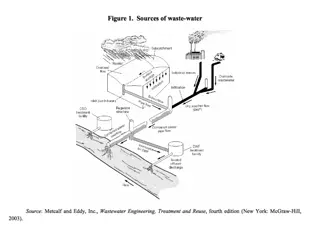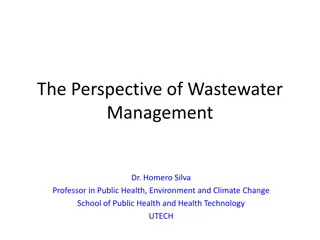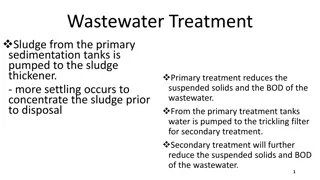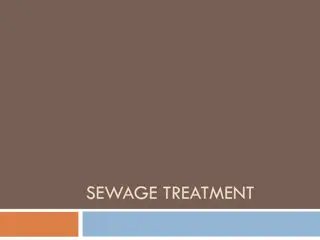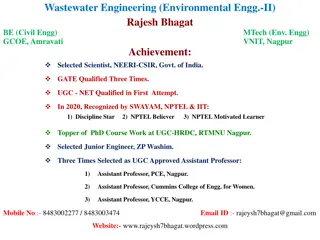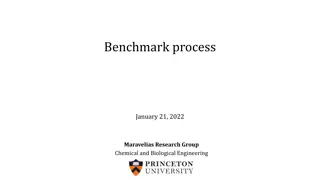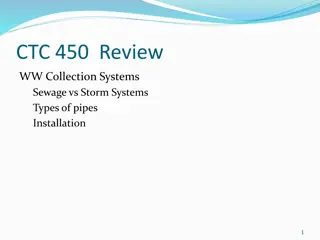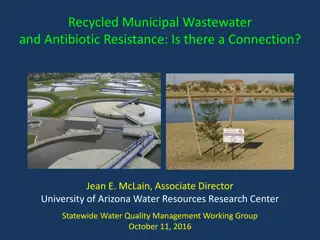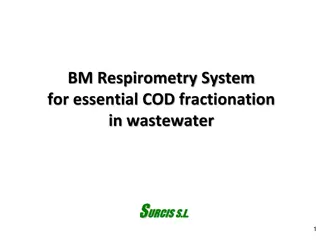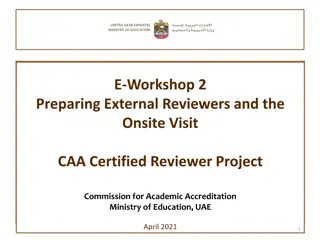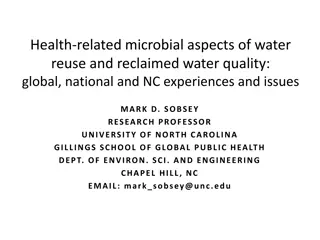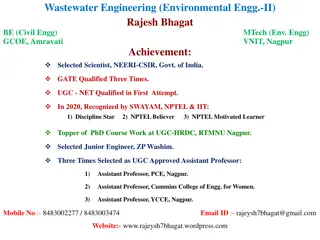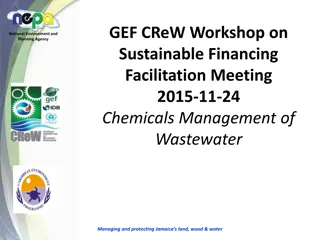How Onsite Wastewater Treatment Systems Work: A Comprehensive Guide
Discover how onsite wastewater treatment systems work, from primary treatment to effluent disposal. Learn about their components, processes, and maintenance tips for effective operation.
Download Presentation

Please find below an Image/Link to download the presentation.
The content on the website is provided AS IS for your information and personal use only. It may not be sold, licensed, or shared on other websites without obtaining consent from the author. Download presentation by click this link. If you encounter any issues during the download, it is possible that the publisher has removed the file from their server.
E N D
Presentation Transcript
How Onsite Wastewater Treatment Systems Work: A Comprehensive Guide
Introduction Onsite wastewater treatment systems (OWTS) play a vital role in managing and treating wastewater at its source, commonly in residential, commercial, or rural sewage systems function can help users maintain them efficiently and ensure compliance with environmental standards. properties Understanding where centralized how systems are not feasible. these
The Basic Components of Onsite Wastewater Treatment Systems OWTS collection process begins when wastewater from household activities, such as bathing, washing, and flushing, flows into the treatment unit, usually a septic tank. Here, the wastewater undergoes primary treatment, where sludge, while lighter materials like oils float to the top, forming scum. typically system, consist treatment of three unit, primary and components: disposal the The system. heavier solids settle at the bottom to form
Primary and Secondary Treatment Processes The septic tank's role is critical for breaking down organic matter through natural bacterial activity. This partially treated water, or effluent, then flows to a secondary treatment system, such as an aeration systems, additional biological or chemical processes break down contaminants, pollutants. tank or biofilter, for further purification. In these significantly reducing pathogens and organic
Effluent Disposal and Environmental Impact Once treated, the effluent is discharged into a drainage field or leach field, where it percolates into the soil. The soil acts as a natural filter, further removing pathogens and nutrients. This final step helps replenish groundwater supplies without polluting the environment. Properly functioning systems protect water quality and prevent harmful contaminants from entering nearby water bodies.
Maintaining Your Onsite Wastewater Treatment System Routine maintenance, including pumping the septic tank every 3-5 years and checking for leaks or blockages, is crucial for keeping the repairs and extend the system s lifespan, ensuring it continues to provide an eco-friendly wastewater solution for years to come. system efficient. Regular inspections can prevent costly
THANK YOU CONTACT US +1-720-222-4739 info@r3sustainability.com www.r3sustainability.com
